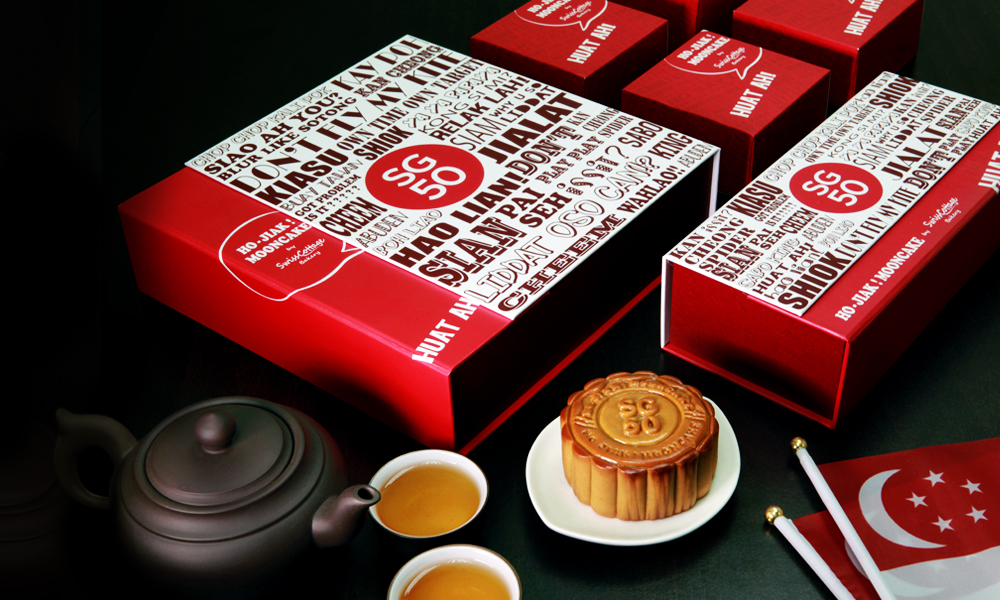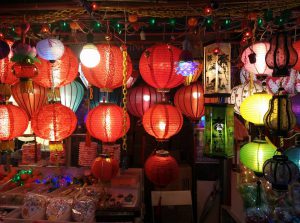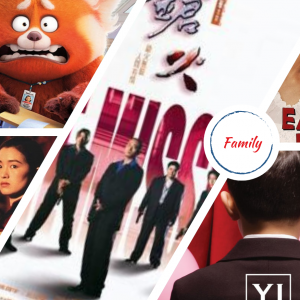I’ve always celebrated the Mid-Autumn Festival ever since I was a child. During that celebration, I would remember how I’d always look forward to the dice game and mooncakes despite celebrating it only through school events, with only my fellow schoolmates acting as family. We don’t celebrate it at home.
“Lonely, I celebrated the festival alone. But after walking around the district, I felt at home despite being away physically.”
As I grew older, I slowly began to feel that my experience of it was half-baked, like a mooncake gradually having a flavor that’s more on flour but less on filling. There must be more to it than just eating mooncakes and playing dice games in school every year. I wanted a more authentic experience of the festival, and to know why it was celebrated in the first place. These thoughts circled in my head in this year’s festival, this time, without either dice games nor family—in Singapore.
On the day of the Mid-Autumn Festival, I curiously headed to Singapore’s Chinatown district to see how the Singaporean Chinese celebrated the festival. When I got out of the MRT station, I was transported to the Singapore of the 1960s: Lanterns of different shapes and colors hanging alongside the district’s baroque buildings, a stark contrast to the modern skyscrapers and government-built flats dominating the Singaporean skyline. Housed by those architectural wonders were shops selling different kinds of goods: From Chinese delicacies to lucky charms. Festival fixtures such as Chinese lanterns and mooncakes were also in stock. The district was busy as ever, not only because of the vendors trying to sell their goods, but also because of the people preparing for what could be a long, festive night ahead.
I felt overwhelmed when I saw how this community was celebrating this festival. I’ve never seen the Chinese-Filipino community back at home celebrate the festival, despite spending most of my childhood in Binondo, Manila’s Chinatown.
“There must be more to it than just eating mooncakes and playing dice games in school every year. “
Lonely, I celebrated the festival alone. But after walking around the district, I felt at home despite being away physically. I couldn’t determine whether it was the marketing or my ethnic ties with the Chinese community, but it was as if I was celebrating this festival with a family of strangers. I realized that I was “invited” by the local community to experience their Mid-Autumn Festival celebration.
In fact, I wasn’t the only one invited to the party. People of various ethnicities gathered in this busy district to partake in the festivities. I could see why Singapore is regarded as a global city as I saw people from different parts of the world enjoying the Chinese culture. But I have to say, what struck me the most was seeing the gorgeous lanterns created by the Singaporean Malay and Indian students at the lantern making contest exhibited at Temple Street, which reminded me of how the Singaporean Chinese are open to celebrate this festival with people from other ethnic groups. This openness made me feel warm and cozy inside despite celebrating the festival alone for the first time.
As the moon turned into the sky’s main attraction, the different lanterns hung around or held by people illuminated Chinatown. The night was still young. I took the chance to visit a couple of happenings in the district. I first headed to the fireworks show where dazzling fireworks joined the lanterns in illuminating the district. Despite all the lights during that evening, the experience felt incomplete as the main attraction had struggled to illuminate itself due to the haze.
After witnessing that festival of lights, I went to Kreta Ayer Square where I planned to catch the annual stage play. I didn’t stay there for long as something beside it caught my eye: a lion and dragon dance outside the Buddha Tooth Relic Temple and Museum.
The sight was peculiar at first as these performances usually happen during the Lunar New Year, but what I initially thought of as a mere dragon and lion dance was actually a procession in honor of Ushnisha Vijaya, a Buddhist goddess of longevity. Aside from the lion and dragon dance, I also saw monks taking part in the procession, with a parade of people holding candles placed in flower-like bowls walking around the temple. I remembered the story my Chinese teachers used to tell me about Chang He, a woman who stole an elixir of immortality meant for the gods, and was punished by being sent to the moon with only a rabbit as a companion for the rest of her immortal life.
After the procession, I went inside the temple where I saw thousands of small gold statues around its walls. Alongside the statues were people praying to their gods. Seeing them praying reminded me of the festivity’s original purpose: thanksgiving. I remembered how the medieval Chinese treated this festival as a way of giving thanks for a bountiful harvest.
I admit that I usually forget this value at times, especially whenever I feel that I get in life the shorter end of the stick, even over petty things like being unlucky in a dice game. In the spirit of thanksgiving, I was thankful for the experience of spending an exchange term at Nanyang Technological University, and after pondering over the value of thanksgiving, I was grateful for what I found to be an authentic celebration of the Mid-Autumn Festival.
As the people began their clean-up for what would be a busy work day, I headed back to my hotel and ate a Singaporean mooncake. The mooncake here was much more satisfying. It had more filling than flour, the epitome of my authentic Mid-Autumn Festival celebration this year. Although it was sad that I missed the dice game and the good company, I felt like I won first prize after I gained a better appreciation for the festival and its true purpose—thanksgiving—a value to carry on in my everyday life, to re-experience the completeness I felt from this year’s celebration.
Written by Robert Bryan Cuartero
Image by Unique: http://www.uee.com.sg/mooncake_2015.html




